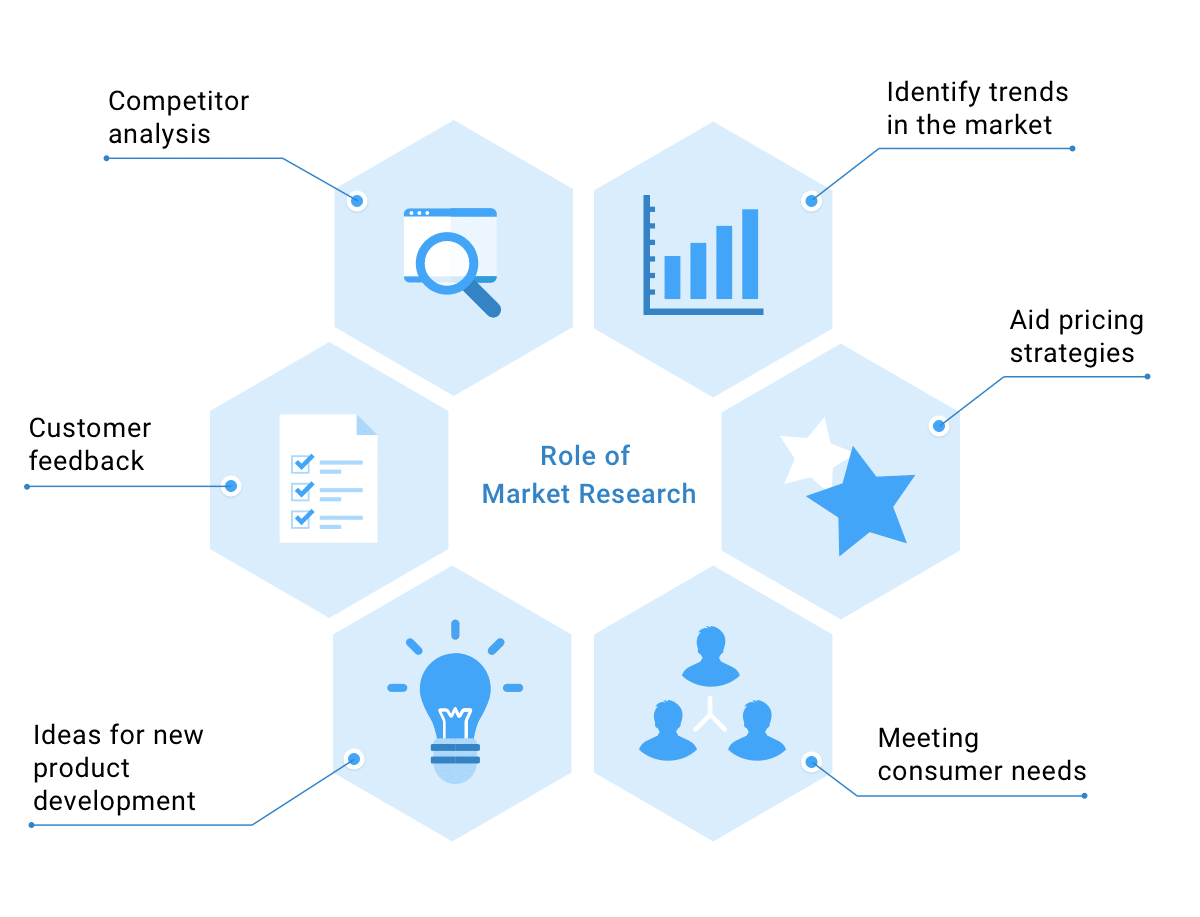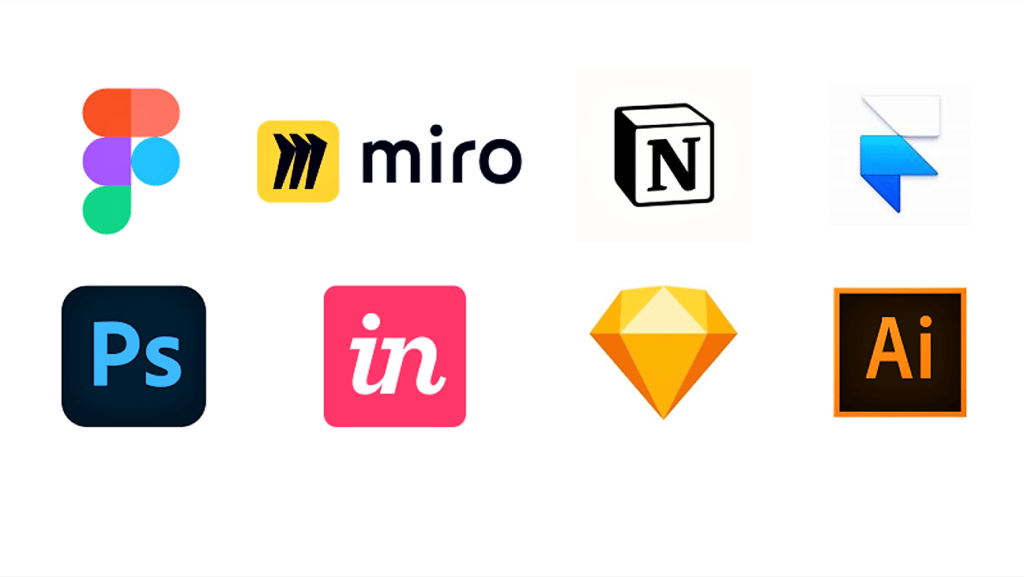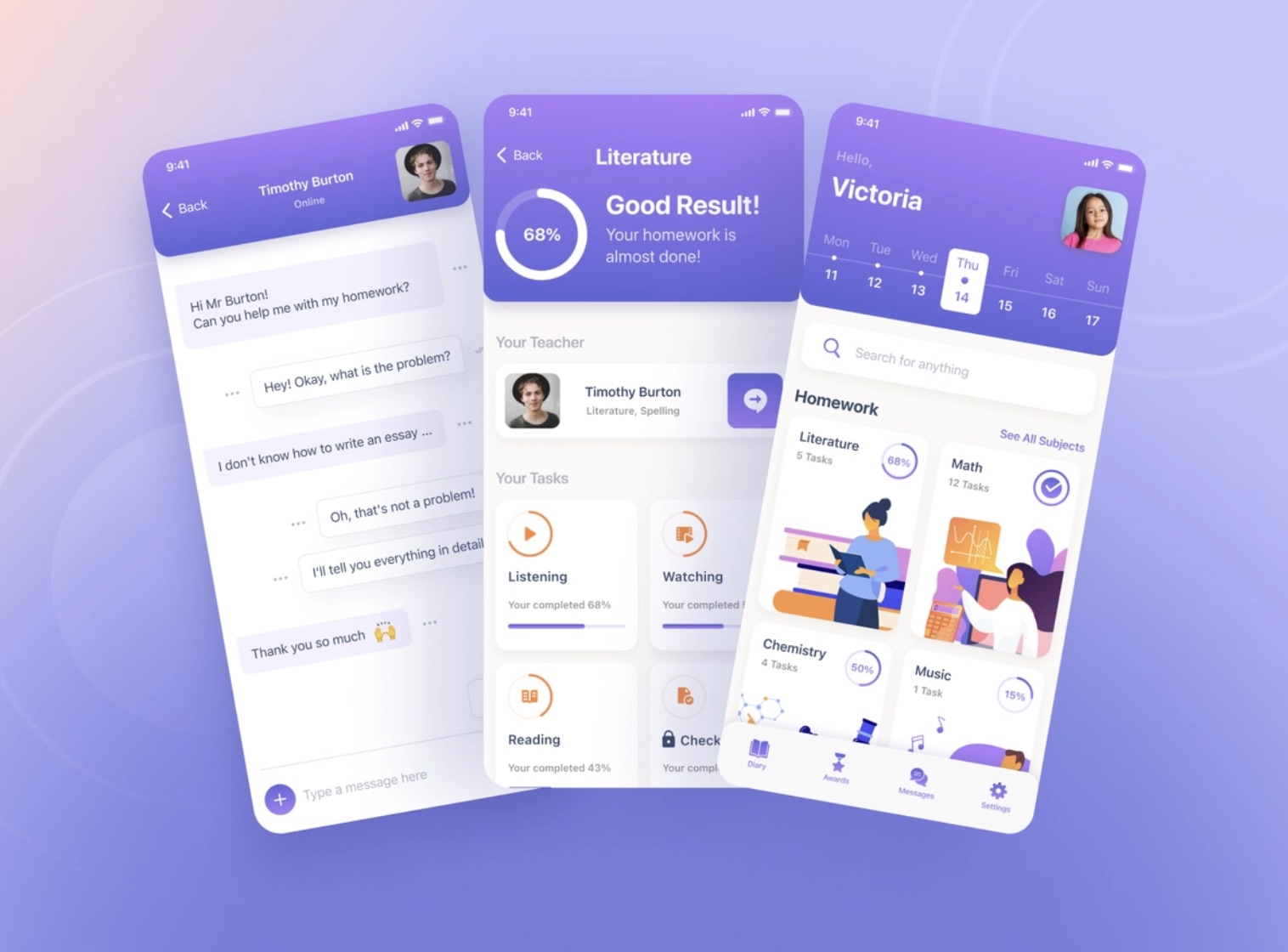Introduction
You might think of what is the best way that can help you build your own website and that is the only reason you are landed to this article. If you’re eager to improve your user interaction and establish a strong online presence, you’ve landed to the right place. In this article, we’ll elaborate the 7 proven steps that will not only lead you towards building your own website but also ensure maximum user engagement right from the start. Let’s discover the best practices and steps for building a captivating and successful website. Keep till the end to dilute the steps into your soul. Let’s dive in!
If you are a newbie to the world of website building and want to start your journey in web designing and development, then you can check out this blog on how to become a web developer without a degree. This can help you understand the basic steps which you need to take to become a web developer.
Step 1: Define Your Website’s Purpose and Goals
Imagine crafting a website that leaves a lasting impression on every visitor who stumbles upon it. The key lies in defining your website’s purpose and goals, for they are the foundation on which your online masterpiece will thrive.
First, it’s time to clarify your website’s objectives.
- What is the thing you are to convey to your audience?
- What value do you aim to provide?
- Who are the people you are targeting in your website?
- how can they get benefitted by you?
By answering these questions, you give your website life and give it a sense of direction. Whether you aspire to inspire, educate, or sell, each objective is like a compass guiding you towards creating a remarkable digital experience.
Next, consider your target audience—the very souls your website seeks to captivate. Dive deep into their desires, needs, and aspirations. Gain a crystal-clear understanding of their preferences, allowing you to tailor your content and design to speak directly to their hearts. By connecting deeply with your audience, you’ll create a bond that remains durable over time. The bond through your website design in the form of functionality and giving correct user experience equally matters in the long run.

But it doesn’t end there. To measure your progress and ensure you’re on the path to triumph, set measurable goals for success. Be specific, be ambitious, and be ready to celebrate each milestone. These goals become your guiding stars, illuminating the way forward and fueling your drive to exceed expectations.
So, let your website’s purpose and goals become your compass and your inspiration. Embrace the exhilaration of clarifying your objectives, understanding your audience, and setting measurable goals. With every click, scroll, and interaction, your website will resonate, captivate, and achieve the remarkable success it deserves.
Step 2: Research and Plan Your Website Structure
First step for your website’s success is thorough research and meticulous planning. By diving into researching and planning your website structure, you’ll pave the way for an exceptional online presence that stands out from the crowd. Let’s delve into the two essential steps that will set you on the path to your website success.
1. Conduct Thorough Market Research and Competitor Analysis
To make a lasting impact, you must understand the landscape in which your website will thrive. Start by immersing yourself in comprehensive market research. Gather valuable insights about your target audience’s desires, pain points, and preferences. Gather knowledge about the user behavior, what problems are they facing which needs to be solved, and how you can provide exceptional value.
Equally important is competitor analysis. Dedicate some time to unraveling the mysteries of your competitors: their strategies, strengths, weaknesses, and overall performance in the market. This knowledge will empower you to differentiate yourself and carve out a unique space in the market.

As for competitor analysis tools, several powerful options await. Tools like SEMrush offer in-depth competitor research, allowing you to explore their organic search rankings, backlinks, and advertising strategies. Ahrefs provides valuable insights into competitor keywords and content performance, while SpyFu unveils competitor keywords and ad campaigns. By utilizing these tools, you’ll gain a competitive edge and uncover the secrets behind your rivals’ success.
2. Create a Strategic Plan for Your Website’s Layout and Content
Now, with a tight understanding of your competitors and targeted audience, it’s a good time to create the visual appeal and content of your website and make your website alive. Craft a strategic plan that combines an intuitive user experience with captivating design and compelling content.

Your content is the main traffic engager of your website. Ensure that your strategy includes good, informative, and engaging content that provides the necessary information to your audience. Incorporate keyword research to optimize your content for search engines, ensuring maximum visibility.
By meticulously researching and planning your website structure, you’ll position yourself for success. Uncover market insights, outsmart your competitors, and utilize powerful analysis tools to your advantage. With a strategic plan in place, your website’s layout and content will captivate visitors, driving engagement and fueling your online success.
Step 3: Choose the Right Platform and Tools
Choosing the Right Platform and Tools for your website is a crucial step towards success. Let’s dive into the two key aspects of this process and explore some noteworthy tools within each category. There are various platforms available today to create websites without the need for coding. If you are someone who wants to become a web designer without coding, let yourself relief because I have this wonderful blog on the best guide to becoming a web designer without coding.

1. Exploring the Top Website Building Platforms and Their Features
Take the time to explore the leading website building platforms and familiarize yourself with their features. Every platform possesses its own distinct advantages, making it crucial to discover the one that aligns perfectly with your specific requirements. Here are a few popular options
1. WordPress
A versatile and user-friendly platform which contains a vast array of themes and plugins for customization.
2. Site123
One of the standout features of Site123 is its extensive collection of pre-designed sections. These ready-made sections include elements such as testimonials, galleries, contact forms, and more.
3. Wix
Known for its drag-and-drop interface, Wix offers stunning templates and a robust feature set.
4. Squarespace
A visually-oriented platform that emphasizes sleek designs and seamless user experience.
5. Shopify
Ideal for e-commerce websites, Shopify provides a comprehensive solution for online stores.
Check out the blog on Top 13 responsive website builders of 2023 where you can find the best website builders which you can use to create responsive website designs.
2. Selecting the Best Tools for Design, Development, and Optimization
Use the right tools for design, development, and optimization which can simplify the website development process. Here are a few noteworthy tools in each category:

Design
- Adobe Photoshop – A powerful image editing software for creating captivating visuals and graphics.
- Canva: An intuitive design tool with pre-designed templates for social media graphics, logos, and more.
- Sketch: A popular design tool for creating user interfaces (UI) and user experience (UX).a
Development
-
Visual Studio Code: A code editor with many of features that is small and supports many programming languages.
-
Sublime Text: A highly customizable text editor known for its speed and efficiency in coding tasks.
-
GitHub: A web-based platform for version control, collaboration, and code repository management.
Optimization
-
Google Analytics: A robust analytics tool that provides insights into website traffic, user behavior, and conversion tracking.
-
Moz Pro: A comprehensive SEO toolset that helps optimize your website’s search engine visibility.
-
GTmetrix: A website performance analysis tool that identifies areas for improvement in terms of speed and optimization.
If you are looking for good wordPress themes for a blog website, here is a blog that will help you choose the best theme for your blog. By exploring the top website building platforms and utilizing the right tools for design, development, and optimization, you’ll have a solid foundation for creating an impressive and effective website. Select the ones that best suits with your goals, and let them empower you on your journey to success.
Step 4: Design a Captivating User Experience
Designing a Captivating User Experience involves creating visually appealing and user-friendly website layouts, as well as optimizing navigation and user flow for seamless interaction. Here are some tools that can assist in achieving these goals

Website Layout Design
When it comes to website design, attracting users’ attention and ensuring they have a pleasant browsing experience require attractive and user-friendly layouts. Here are some key considerations to keep in mind
-
Consistent Branding: Include your brand’s colors, typefaces, and logo throughout your entire website to maintain consistency in your visual identity and building your brand. This helps to establish brand recognition and create a cohesive user experience.
-
Clear Hierarchy: Use a clear hierarchy of content to guide users and draw their attention to the most important elements. Employ headings, subheadings, and visually distinct sections to organize information effectively.
-
White Space: Incorporate ample white space to give your website a clean and uncluttered appearance. This enhances readability, improves visual focus, and allows important elements to stand out.
-
Color and Contrast: Choose a color palette that complements your brand and ensures readability. Consider using contrasting colors for text and background to enhance legibility and make important information easily visible.
-
Responsive Design: Optimize your website layout for different devices and screen sizes. To deliver a consistent experience across desktops, tablets, and mobile devices, make sure your design is responsive and effortlessly adjusts. If you choose to use wordPress, follow these 9 tips to create responsive website in wordPress.
-
Intuitive Navigation: Design a clear and intuitive navigation menu that enables users to easily explore your website. Use descriptive labels and logical grouping to help users find the information they need without confusion.
-
Engaging Visuals: Include top-notch visuals, videos, and photos that support your brand and improve the user experience. Visuals should be relevant, impactful, and properly optimized for fast loading times.
Few Tools which help to create visuals
-
Figma: A collaborative design platform that enables the creation of visually appealing web designs with ease.
-
Canva: An intuitive graphic design tool with a wide range of templates and elements for creating visually appealing website layouts.
Navigation and User Flow Optimization:
Crafting a seamless and intuitive browsing experience for your website visitors rests upon the vital components of Navigation and User Flow Optimization.. Here are key points to consider
-
Clear Navigation: Design a navigation menu that is easy to locate and understand. Use descriptive labels and logical grouping to help users find the information they need quickly and effortlessly.
-
Intuitive Menu Structure: Organize your menu in a logical hierarchy, with main categories and subcategories, if necessary. Avoid overwhelming users with too many options and aim for a menu structure that anticipates their needs.
-
Consistent Placement: Keep the navigation menu consistent across all pages of your website. Users shouldn’t find any trouble to locate it, no matter of where they are on the website.
-
Call-to-Action Buttons: To encourage visitors into taking your desired actions, such as making a purchase, signing up for a subscription, or contacting you, make sure to place call-to-action buttons in strategic spots across your website. These buttons should be visually distinct and clearly convey their purpose.
-
Seamless User Flow: Streamline the user journey by mapping out a logical flow from one page to another. Ensure that each page offers clear pathways and links to relevant content, keeping users engaged and guiding them towards their desired destinations.
-
Reduce Friction Points: Identify and eliminate any potential obstacles or points of confusion that may hinder user flow. Optimize page loading times, fix broken links, and ensure forms and interactive elements function smoothly.
-
User-Friendly Forms: If your website includes forms for user interaction, keep them concise and user-friendly. Use clear labels, inline validation, and provide helpful instructions to minimize user effort and increase completion rates.
Few tools which help to check navigation and user flow optimization:
–
-
Hotjar is a user behavior analytics tool that provides valuable insights into how visitors interact with your website. It offers features like heatmaps, which visually represent user clicks, taps, and scrolling behavior. This helps you understand which areas of your website are receiving the best attention and optimize your design accordingly. Hotjar also provides session recordings, allowing you to watch individual user sessions and gain deeper insights into their behavior and experience.
-
Optimal Workshop is a suite of user research and testing tools designed to enhance the user experience. It offers various tools such as Treejack, which helps you test the effectiveness of your website’s information architecture, and OptimalSort, which enables you to conduct card sorting exercises to improve navigation and content organization. Optimal Workshop also provides tools like Chalkmark for gathering feedback on website prototypes and Reframer for capturing user insights during usability testing sessions.
-
Crazy Egg is a powerful tool that provides visual data and analytics to help you understand how users interact with your website. It offers features like heatmaps, which show where users click, scroll, and spend the most time on your web pages. Crazy Egg also provides scrollmaps, which illustrate how far users scroll down on each page, helping you optimize content placement. Additionally, it offers A/B testing capabilities, allowing you to experiment with different website variations and analyze their impact on user engagement and conversion rates.
These tools—Hotjar, Optimal Workshop, and Crazy Egg—empower website owners and designers to gain valuable insights into user behavior, improve usability, and enhance the overall user experience.
Step 5: Develop and Optimize Engaging Content
Produce engaging and educational material that appeals to your target audience. Create compelling articles, blog posts, videos, and diverse content formats that directly cater to their needs, interests, and challenges. Use storytelling techniques, visual elements, and relevant examples to make your content more captivating and memorable. Below are two steps which you can follow

- Craft Compelling Website Content that Resonates with Your Audience: Understand your audience’s preferences and interests to tailor your website content accordingly. Use a conversational tone, and address their pain points and desires. Communicate the unique value proposition of your products or services clearly, highlighting how they can benefit your audience. Incorporate persuasive calls to action to encourage user engagement and conversion.
- Optimize Your Content for Search Engines and User Engagement: Conduct keyword research to identify relevant terms and phrases that your target audience uses when searching online. Integrate these keywords strategically into your content, including headings, subheadings, and meta tags. However, ensure that your content remains natural and reader-friendly. Focus on providing valuable information, optimizing readability, and engaging your audience.
- Additionally, use formatting techniques such as bullet points, numbered lists, and concise paragraphs to enhance readability. Include relevant internal and external links to provide further context and resources. Optimize your images and media files by adding descriptive alt tags and reducing file sizes for faster loading times. Regularly update and refresh your content to keep it current and relevant.
Step 6: Implement Key Functionality and Features
Implementing key functionality and features is crucial to enhancing the usability and effectiveness of your website. Below mentioned are few key aspects to follow and some tools that can help

- Integrate Essential Features like Contact Forms, E-commerce, etc: Incorporate essential features that align with your website’s purpose and goals. For instance, integrate user-friendly contact forms to encourage visitor inquiries and feedback. Include features like product catalogues, shopping carts, and secure payment gateways if you operate an e-commerce website in order to provide customers with a safe and convenient online buying experience. Tools like Gravity Forms, Wufoo, and Typeform can assist in creating customizable and user-friendly forms, while platforms like Shopify and WooCommerce provide comprehensive e-commerce solutions. Here’s a blog for you to understand the benefits of e-commerce web development for restaurants.
- Ensure Smooth Functionality Across Devices and Browsers: Optimize your website to provide a consistent user experience across different devices and browsers. Implement responsive design techniques to ensure your website adapts seamlessly to various screen sizes and resolutions. Tools like Bootstrap Studio and Foundation offer responsive frameworks to facilitate the development of mobile-friendly websites. Cross-browser testing must be done against well-known browsers like Chrome, Firefox, Safari, and Edge in order to ensure flawless compatibility. Tools like BrowserStack and CrossBrowserTesting can help you test your website across multiple browsers and devices, ensuring smooth functionality.
Step 7: Test, Launch, and Maintain Your Website
Testing, launching, and maintaining your website are crucial steps to ensure a smooth and successful online presence. Here’s a brief overview of each topic

- Test Your Website: Perform thorough testing to identify and resolve any potential bugs, errors, or usability issues. Before launching your website, it’s crucial to ensure thorough testing for usability, responsiveness, and compatibility. Conduct user testing to gather feedback and insights on the user experience. Tools like Selenium, TestComplete, and BrowserStack can assist in automating testing processes and ensuring comprehensive coverage.
- Launch Your Website : It’s time to open your website to the general public after you’re absolutely done with functionality and performance testing. Prepare a proper launch plan, including tasks such as domain registration, web hosting setup, and search engine optimization (SEO). By using promotion options such as social media, online advertising, email marketing and more, you can increase the accessibility of your website to your target demographic. Monitor the launch closely to address any issues promptly and ensure a successful launch.
- Maintain Your Website: Create a regular maintenance schedule to keep your website operating efficiently and current. Regularly update your content, security patches, and software versions to ensure optimal performance and protect against potential vulnerabilities. Monitor website analytics to gain insights into user behavior and make data-driven improvements. Provide ongoing support to your website visitors and address any inquiries or issues promptly.
By conducting meticulous website testing, launching it seamlessly, and maintaining regular updates, you can deliver a flawless user experience, ensuring the enduring success of your brand identity.
Conclusion
In conclusion, creating your own website involves careful planning, wise judgement, and the appropriate resources to realize your goal. You may learn how to establish an amazing online presence that captivates your audience and helps you reach your objectives by following the tried-and-true procedures given in this tutorial. From defining your website’s purpose and goals to designing captivating user experiences, optimizing content, and implementing key functionalities, each step plays a vital role in creating a successful website. Keep in mind that building a website for bringing your business online is a continuous process which needs regular monitoring, changes, and improvements. Take in the experience, let your imagination run wild, and watch as your website develops into a potent instrument for building your online presence and interacting with your target market. Start today and embark on the exciting adventure of website building – the possibilities are endless!
FAQs
How to choose the best platform for building my website?
When selecting a platform, consider your technical expertise, desired features, scalability, and budget. Popular options like WordPress, Wix, Squarespace, Weebly, and Shopify offer different strengths, so assess your needs and compare their functionalities to make an informed choice.
Can I build a website without any coding experience?
Yes, many website builders provide intuitive drag-and-drop interfaces, eliminating the need for coding knowledge. Platforms like Wix, Squarespace, and Weebly offer user-friendly tools, pre-designed templates, and customization options that make website creation accessible to beginners.
How to make my website rank higher on search engines?
To improve your website’s search engine rankings, focus on optimizing your content with relevant keywords, creating valuable and shareable content, improving website speed and performance, implementing proper metadata, and building quality backlinks from reputable sources.
What are some effective strategies for driving traffic to my website?
Boost your website’s visibility by leveraging social media platforms, engaging in content marketing, running online advertising campaigns, optimizing your website for search engines, collaborating with influencers or industry partners, and utilizing email marketing to reach and attract your target audience.
How to I ensure my website is mobile-friendly?
Make your website adaptable and mobile-friendly by utilizing responsive design principles, which can dynamically alter the style and information based on the user’s device. Test your website on different mobile devices, using tools like Google’s Mobile-Friendly Test, to identify and fix any issues that can hamper the user experience on mobile devices.
